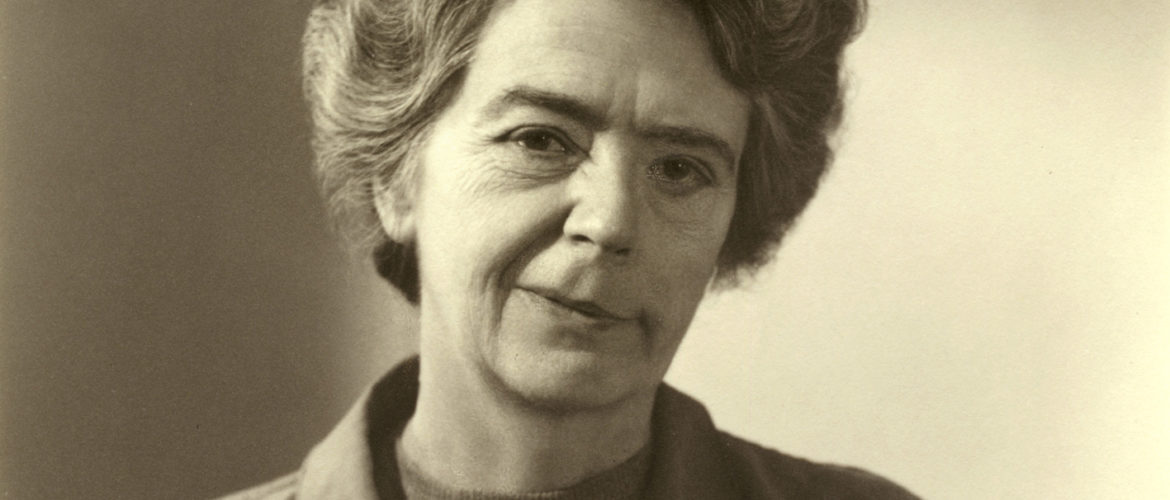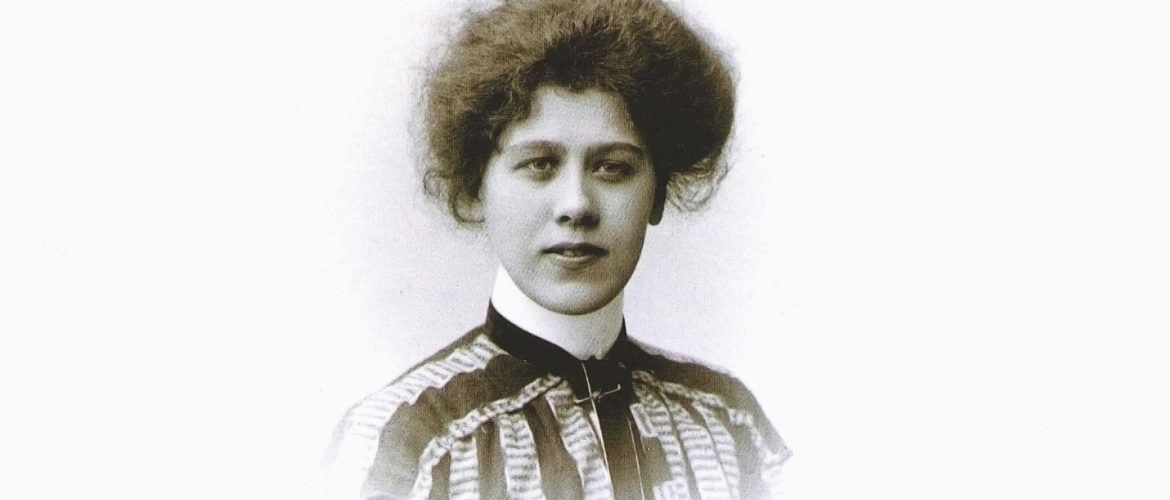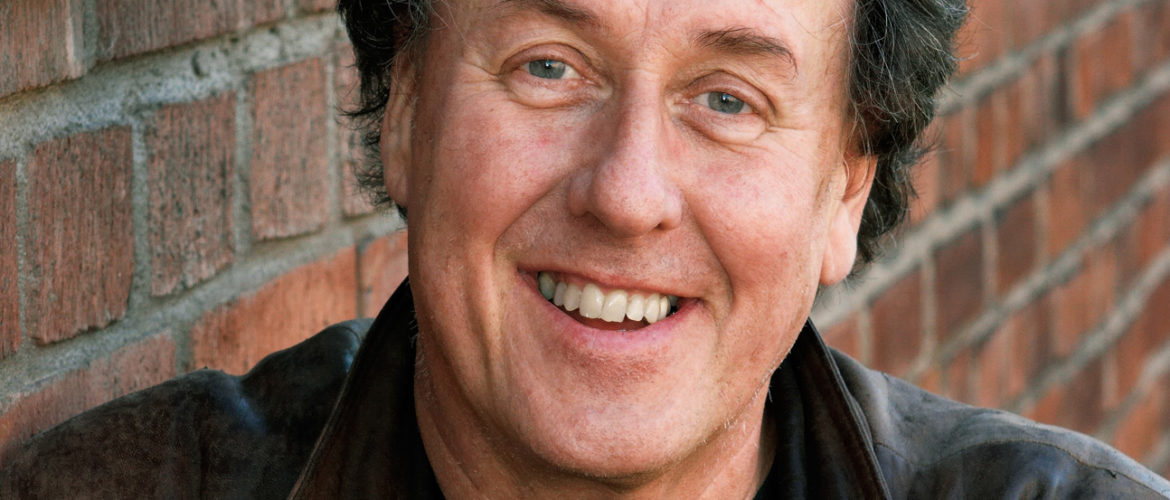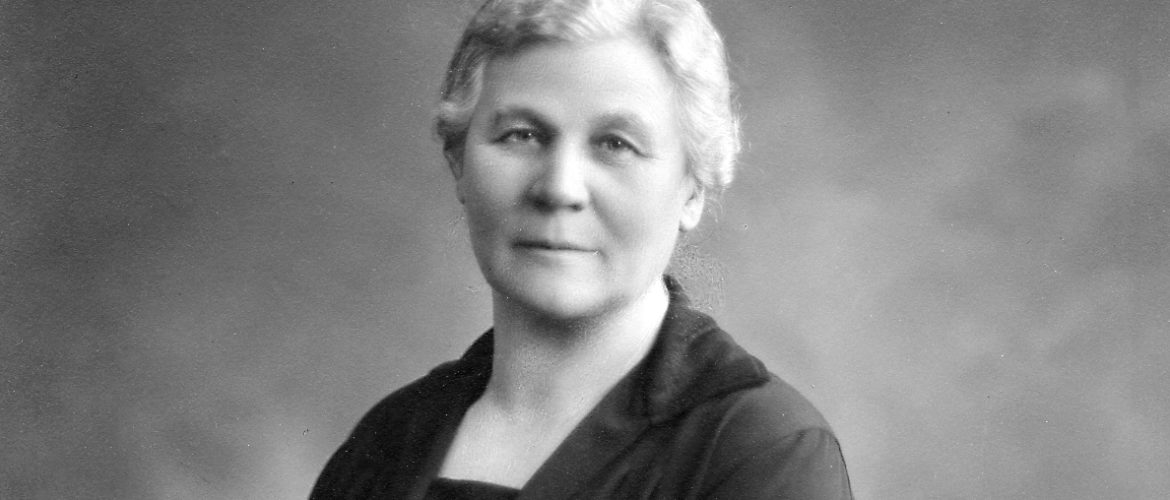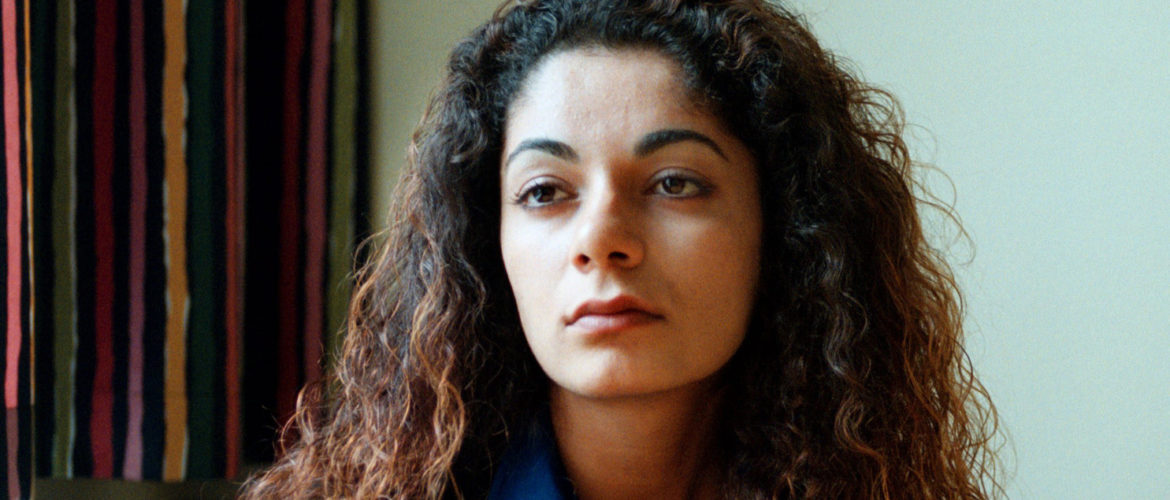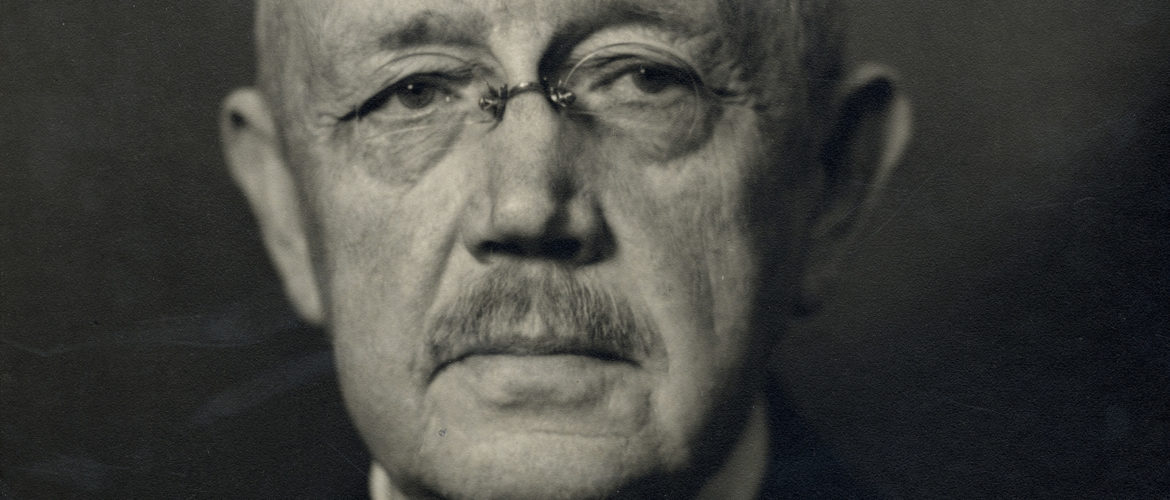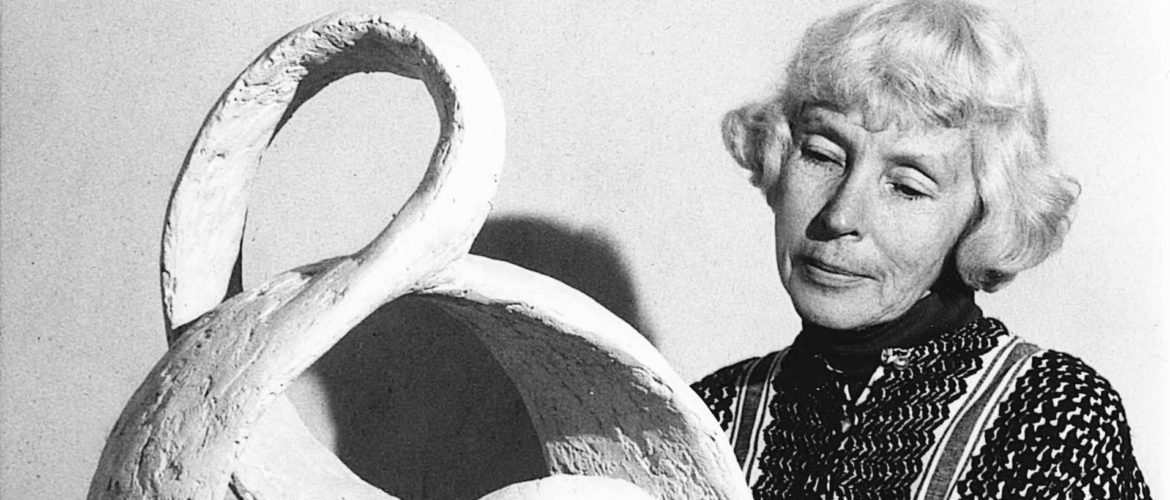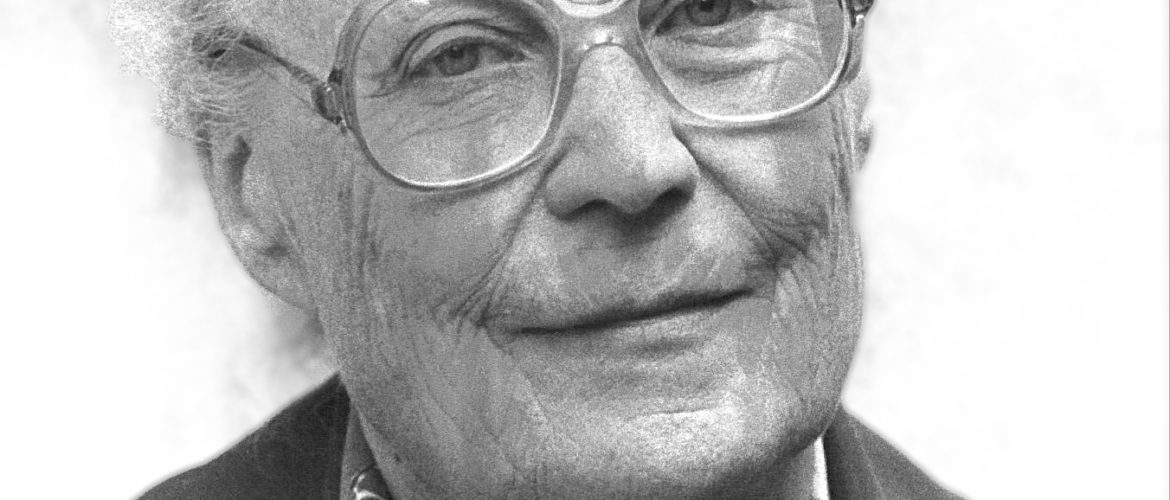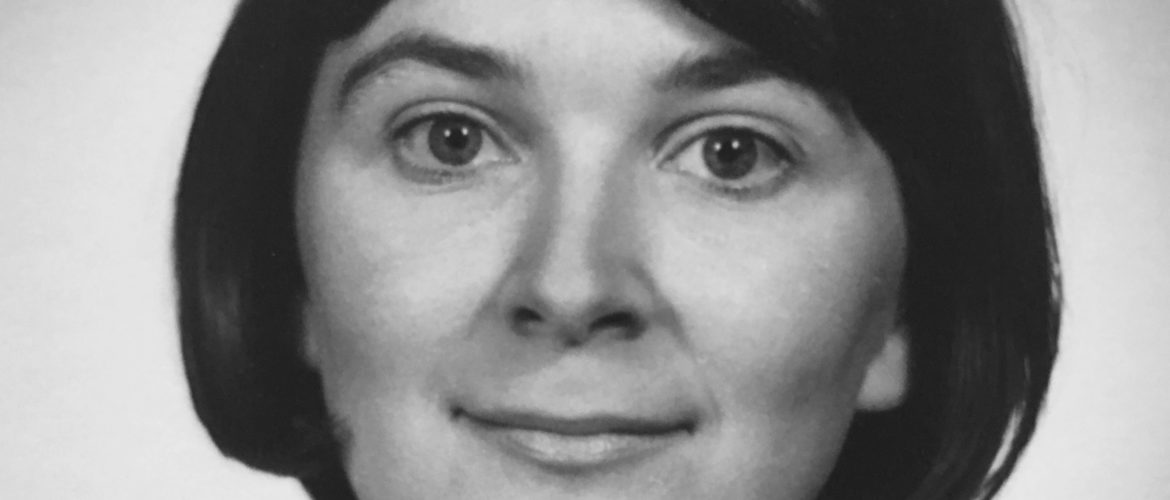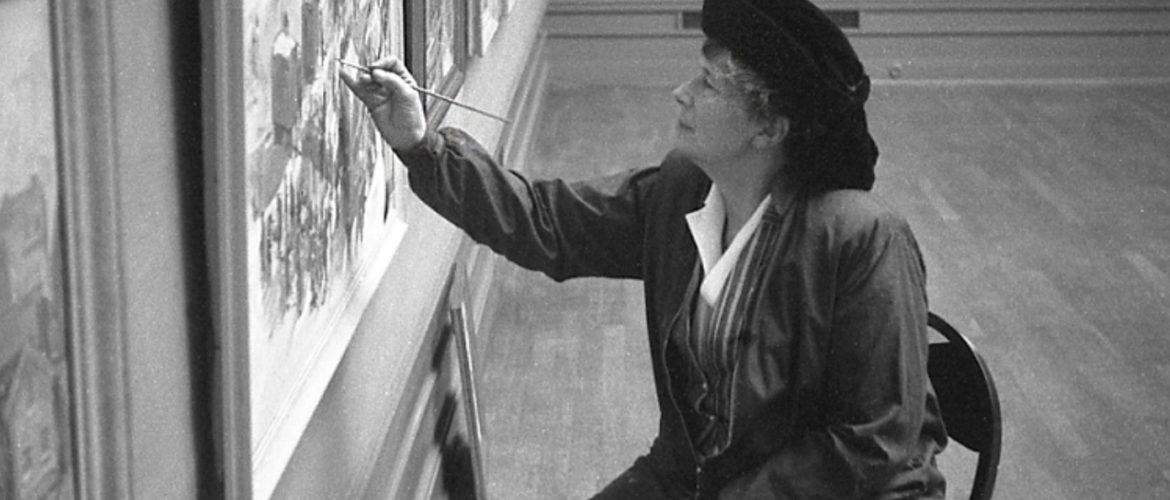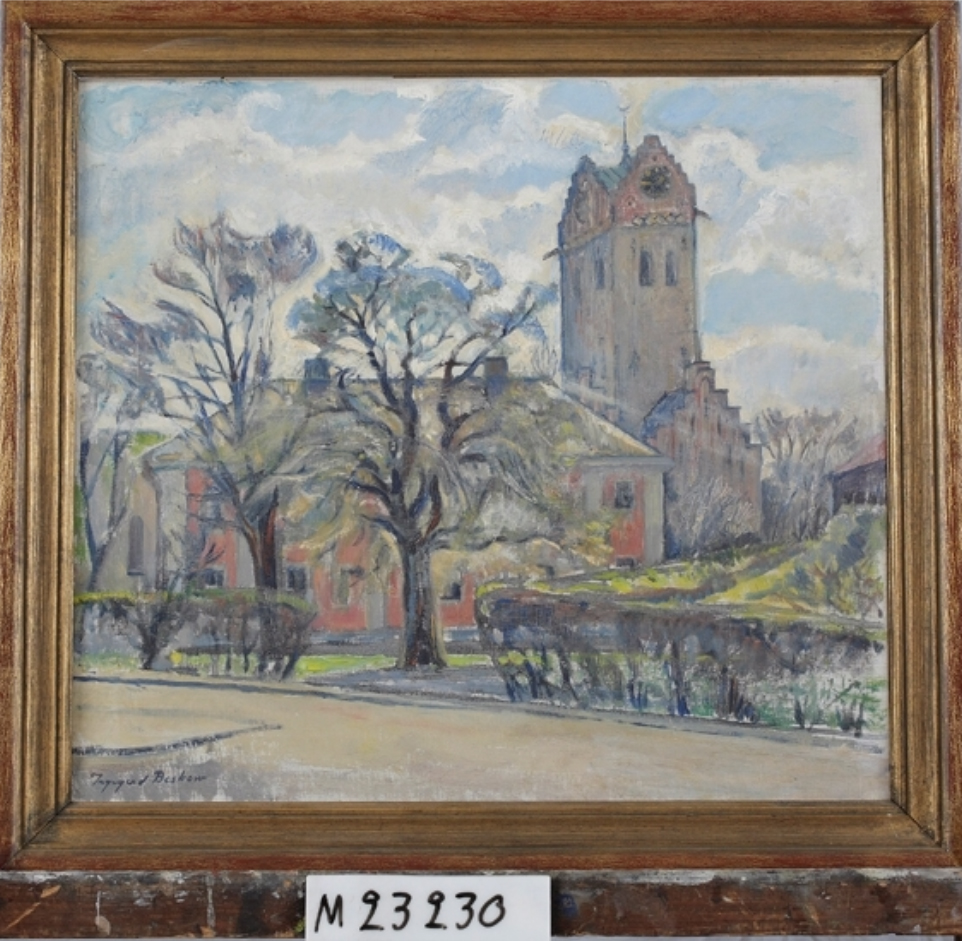1894-1996.
Textile artist.
After studying at the Higher School of Industrial Arts and the Scuola di tessitura in Milan, Greta Gahn was the director and artistic director of Handarbetets Vänner between 1931 and 1951.
During the war years and the time after, it was mainly Gahn in collaboration with Alf Munthe who was responsible for the monumental textile art in churches and public buildings.
She was also a co-owner with Munthe of Lekattgården, a workshop for weaving and embroidery. Greta Gahn's artistic judgment and technical expertise were crucial to Munthe's textile works.
Burial site: 0118-0928
Image description: Greta Gahn, unknown year. Photo: Margit Karlson / Leksand local history archive. Leksands-kulturhusThe image is cropped]
Click here for an uncropped image

